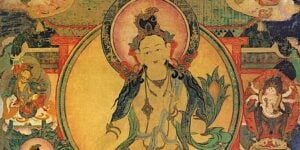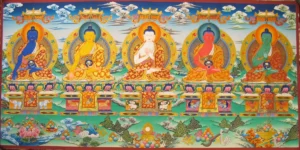Alternatives to “Seated” Meditation: Dance, Stand, Drum, Chant, and Move Your Way to Active Enlightenment — Taking a Stand: Activity Yogas
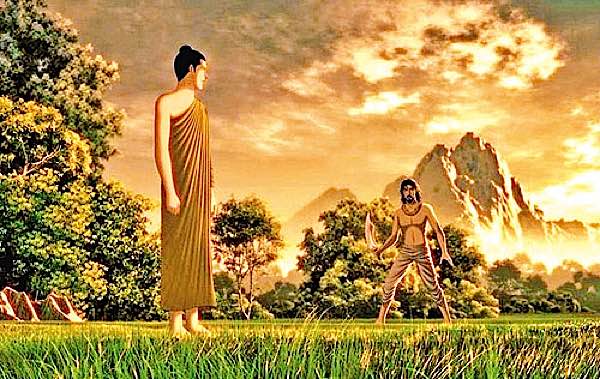
In Buddhism, we tend to use the word “practice” for our meditation sessions. Contrary to the cliche of the seated vajra-posture, eyes half-closed in contemplation, most “practices” involve activities: prostration, sutra or mantra recitation (speech), walking, drumming, chanting, chiming, performing mudras — even dancing.
In Zen, these activities might include sutra recitation, fish drum, and gong, walking meditation, or a good “whack” with a stick by the teacher. In other forms of Mahayana Buddhism, the activities are even more diverse: Chod practice, martial arts, music, dance. In Vajrayana Buddhism there are countless activities: mandala offerings, thangka painting and sand mandalas, water bowl offerings, circumambulation of stupas, prayer wheel spinning, karma yoga (volunteer activities for charity, etc) and more.
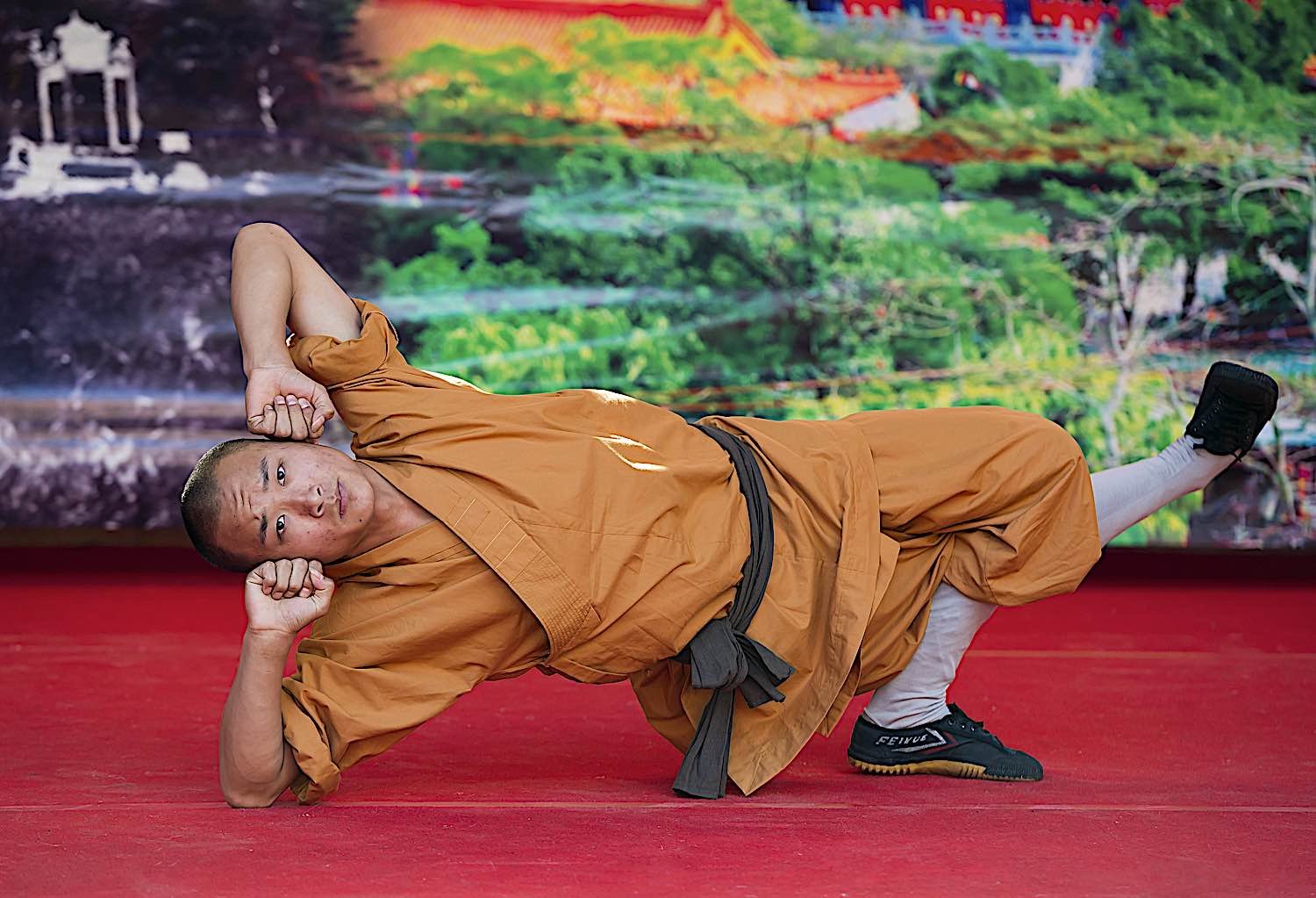
This may come as a relief to those of us who suffer from issues such as arthritis, injuries or just, simply, aging.

The Majority of Buddhist Practice Does Not Involve Sitting
The vast majority of Buddhist practice does not involve “seated” meditation, despite phrases such as “just sit” for Zen Buddhists, or “vajra posture” during Sadhanas in Vajrayana. Seated practice can be a “pain in the meditation cushion” for some people with disabling conditions. Although I’m quoting out of context, it can be helpful to remember the words of Buddhist teacher Anne Carolyn Klein[3]:
“Too often we stand in the way, and worry and obsess. It becomes a real interference with practice.”
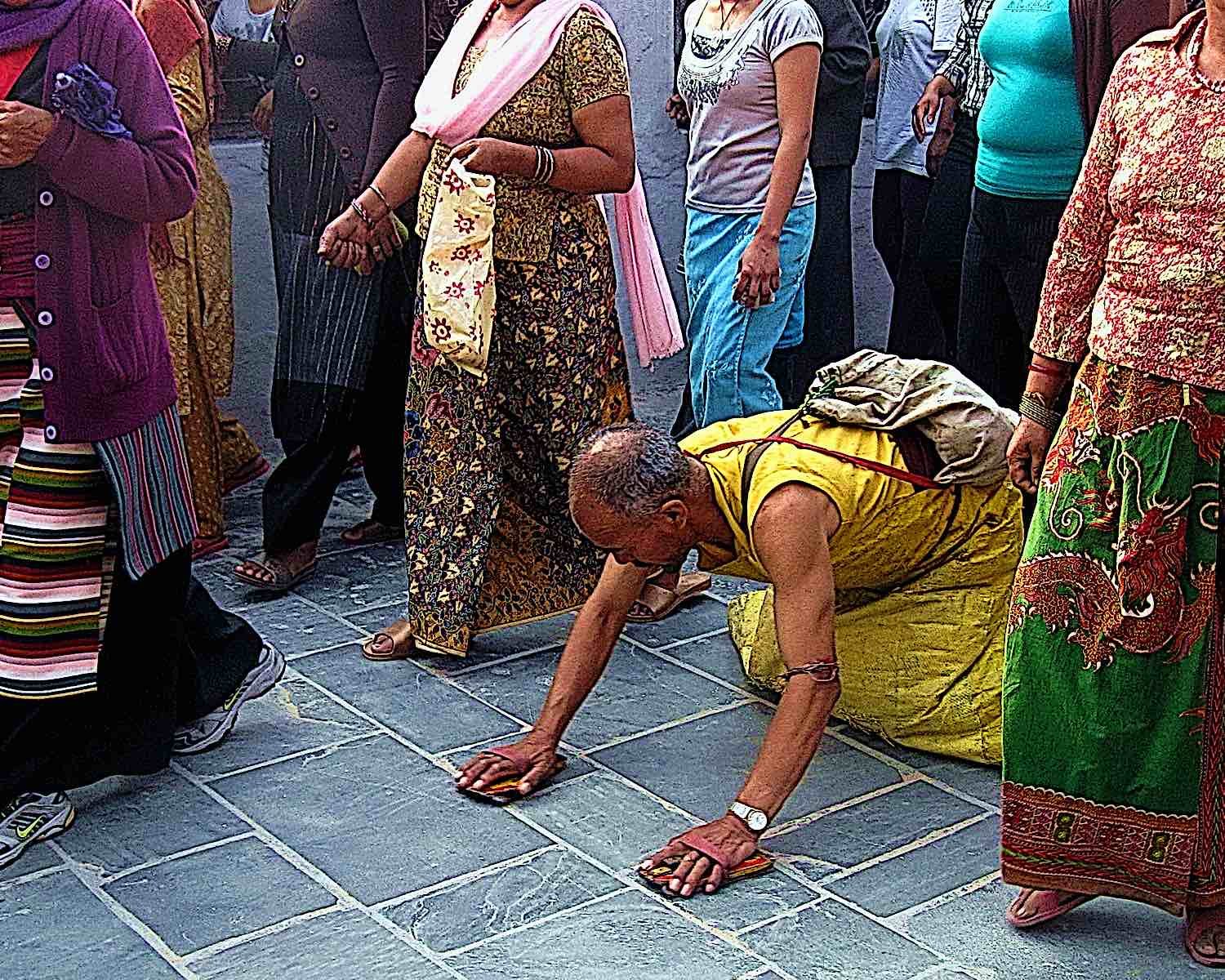
Typical activities include mudras, mantras, stupa or Holy Object circumambulation, prayer wheel spinning, walking meditation, prostrations, blessing objects, offerings — for example: pouring tea offering, water bowl offerings, mandalas. Many of the “foundation practices” for example, in Vajrayana Buddhism, involve activity yogas, such as mandala offerings, making tsa-tsas, prostrations, and mantra recitations.

Movement and Buddhist Meditation
Although there are various meditation “modalities” such as “walking meditation” and “standing meditation” these are not necessarily core practices. For some people, such as myself, debilitating physical conditions such as arthritis, may necessitate alternatives to “just sitting.” Instead of full lotus, half lotus, quarter lotus, Seiza, Burmese or Vajra postures — various forms of somewhat uncomfortable seated postures — many ancient practices not only sanction motion, drumming, standing and dancing activities, they encourage them.
Mantra, for example, is active meditation with voice and breath, which can be performed while walking, standing, sitting, or any activity. Prostrations are active practices of devotion.
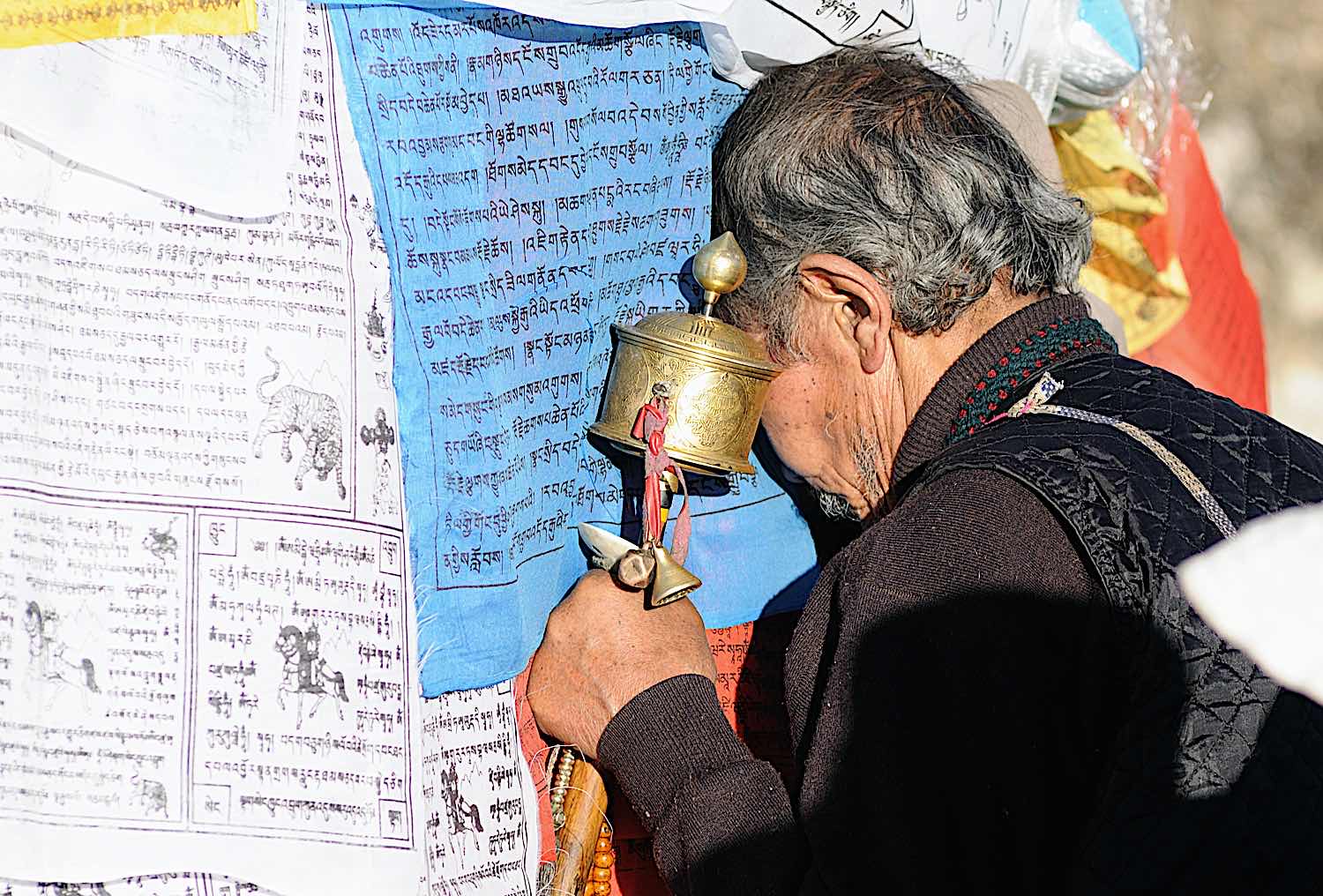
Many practices deliberately incorporate all of body-speech and mind, such as a combination of motion (walking or circumambulating), speech (for example reciting mantras or sutras) and mind in the form of visualization.
The meditator able to do all three at the same time is managing a complex meditative modality. In the Highest Yoga Tantra practices, notably the 11 Yogas of Naropa, even our daily activities are meditation. In this highly advanced practice, which typically requires a teacher, we are taught to view all sounds as mantras, all sentient beings as Buddhas, and all visual phenomenon as Pure Lands.
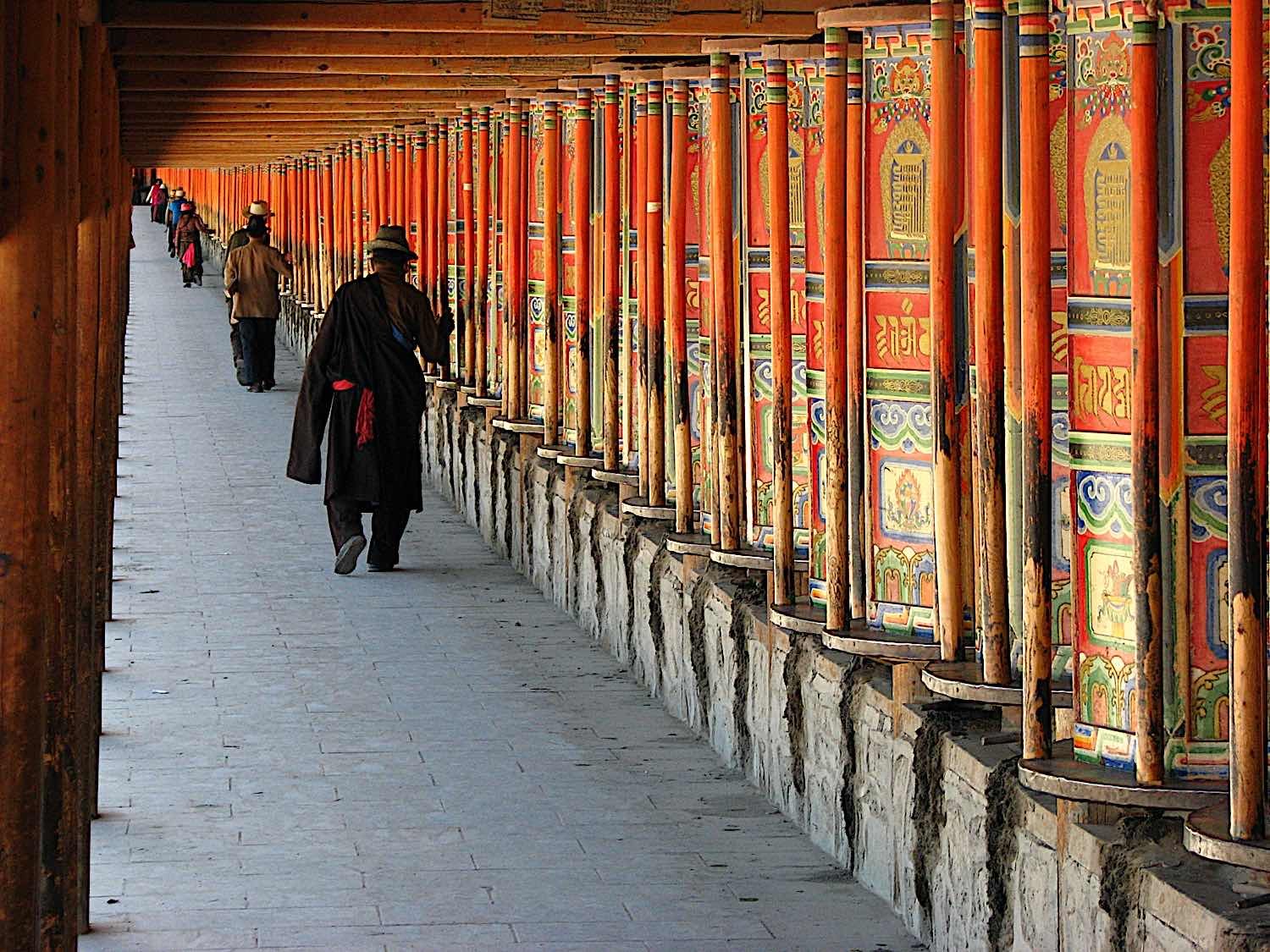
Activity — a More Complete Practice
Activity, standing, or dancing meditation, in other words, can be a superior method — not just a compromised alternative to sitting. If you can manage three activities of body-speech and mind together, you involve more concentration, which can be invaluable in our busy, modern lives. As Larry Mermelstein said, in a feature on modern-day Vajrayana:
“Our world is moving a lot faster than it probably was back in those days and so, yes, the stresses and complexities seem to be much greater than centuries ago. But so what? The very choicelessness of it is good for us. We have to do everything we can to incorporate the teachings on a continual basis in our lives.” [4]
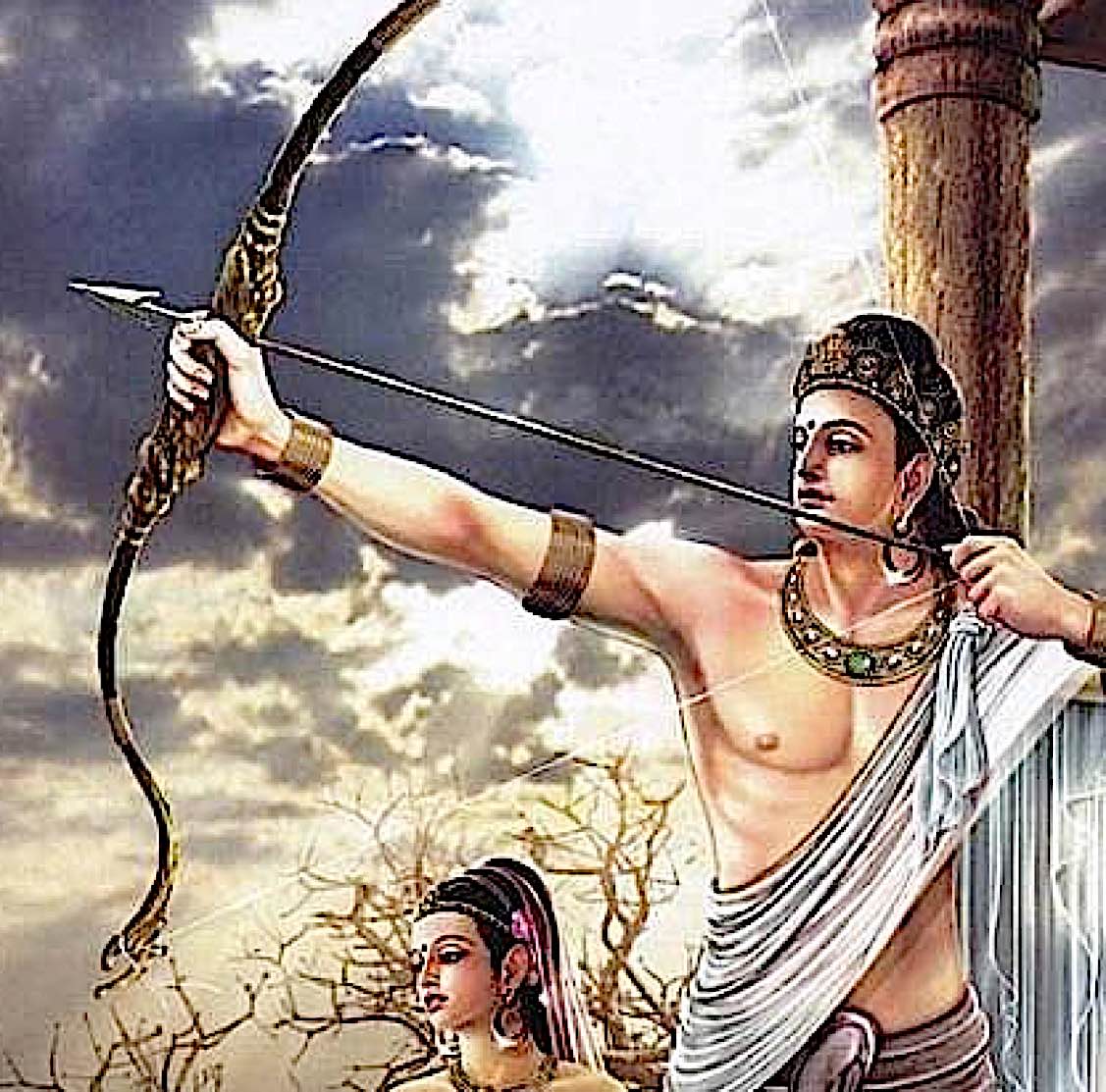
One of the methods we can incorporate the teachings into our lives is to adopt “no guilt” alternatives to traditional “sitting.” Walking has a long history in Buddhist practice, for example, circumambulating stupas while reciting mantras, but what about alternatives to formal seated methods — for example, during pujas and sadhana practices? Activities are already a part of these practices, albeit in restrained demonstrations such as prostrations, mudras, and mandala offerings. What if, however, a serious practitioner simply cannot “sit” during? What are the alternatives?
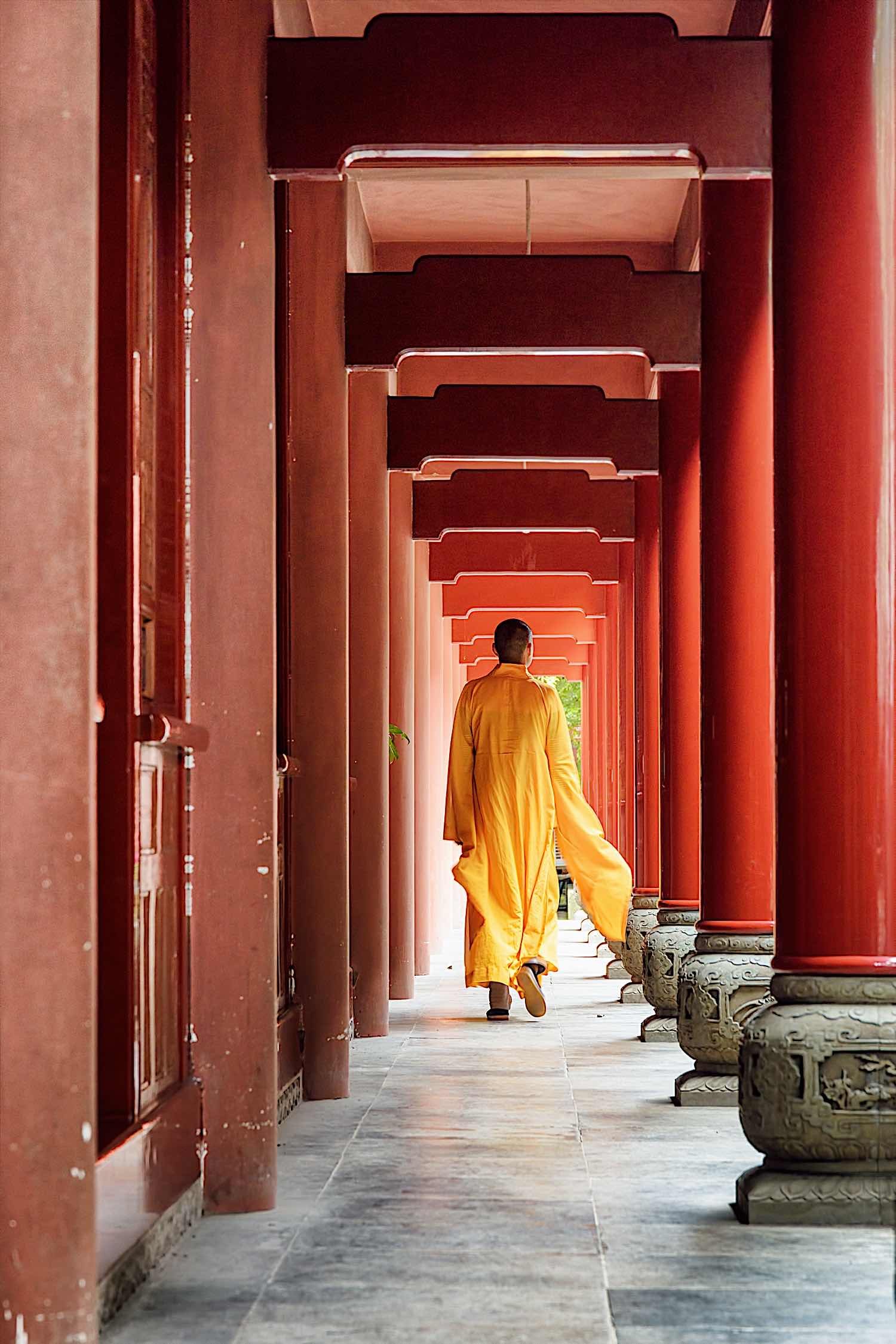
No Guilt Alternatives to “Sitting”
There can be a sense of “guilt” or inferiority for someone who practices traditionally, but is unable to sit still due to infirmity or debility. There needn’t be. Here, I argue, with support of various practices, that “motion, dance, and stance” are equal to sitting practice — not compromises or inferior methods. Notable among these methods, are various meditative martial arts, exemplified in Shaolin Kung Fu or Zen Archery or Yogic exercises. In fact, motion and activity can enhance practice, even for people who could quite comfortably sit zazen all day.
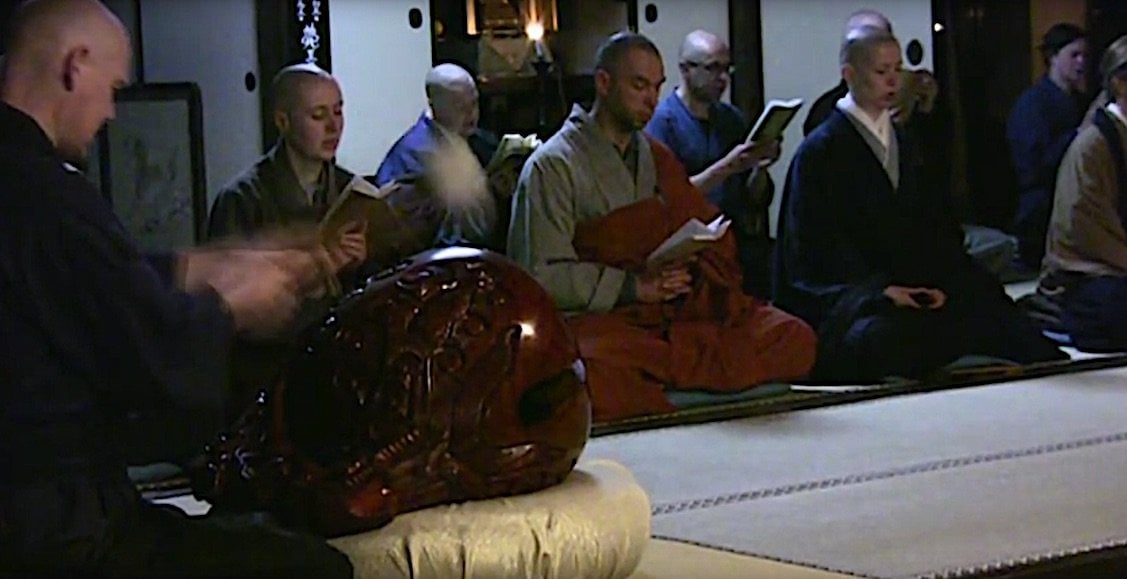
Drumming, walking, standing…
Stillness of the mind (mindfulness) and or even visualization may seem to align naturally with “just sitting and breathing” but the opposite can be true for people where activities are the breakthrough method for overcoming conditioning. For example, active drumming is a powerful “mindfulness” meditation. Walking, listening, or even sports such as archery can be powerful “mindfulness” methods.

“You can meditate walking, standing, sitting or lying down,” said Buddhist monk Noah Yuttadhammo. “Each requires a different degree of effort as opposed to degree of concentration. Walking meditation having the highest degree of effort, lying meditation having the highest degree of concentration.” [2]
Related
- For a feature on “Drumming for Mindfulness, see>>
- For a feature on “Dharma in Motion” and Martial Arts in Buddhism, see>>
- For a feature on Meditating with the Monkey Mind, see>>
- For a feature on Standing Meditation, see “The Better Way: Standing Meditation?”
Zhang San Feng once said, “the chi goes where the mind goes” which was later paraphrased by body-builder Arnold Schwarzenegger, “Where the mind goes, the body follows” [1] This principle can be applied to our activities while meditating. Instead of simply visualizing without activities, we can help reinforce our visualization with a motion — especially for those of us who aren’t advanced Yogis or Yoginis.
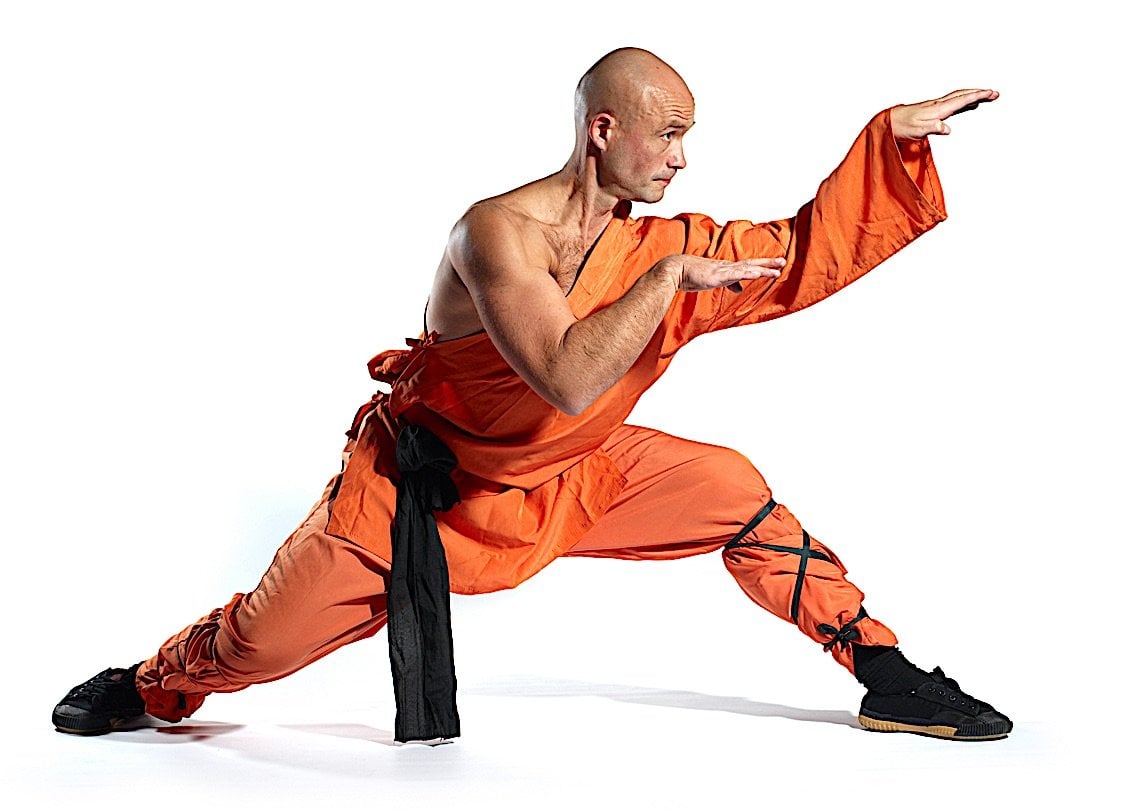
There is an added benefit. One of the reasons the great Bodhidharma introduced martial arts into practice is to offset the damage to the health of monks and nuns who sit all day. However, in Shaolin practice, Kung Fu wasn’t just about making sure “monks stayed healthy and safe”; it was considered a core meditation practice and discipline.
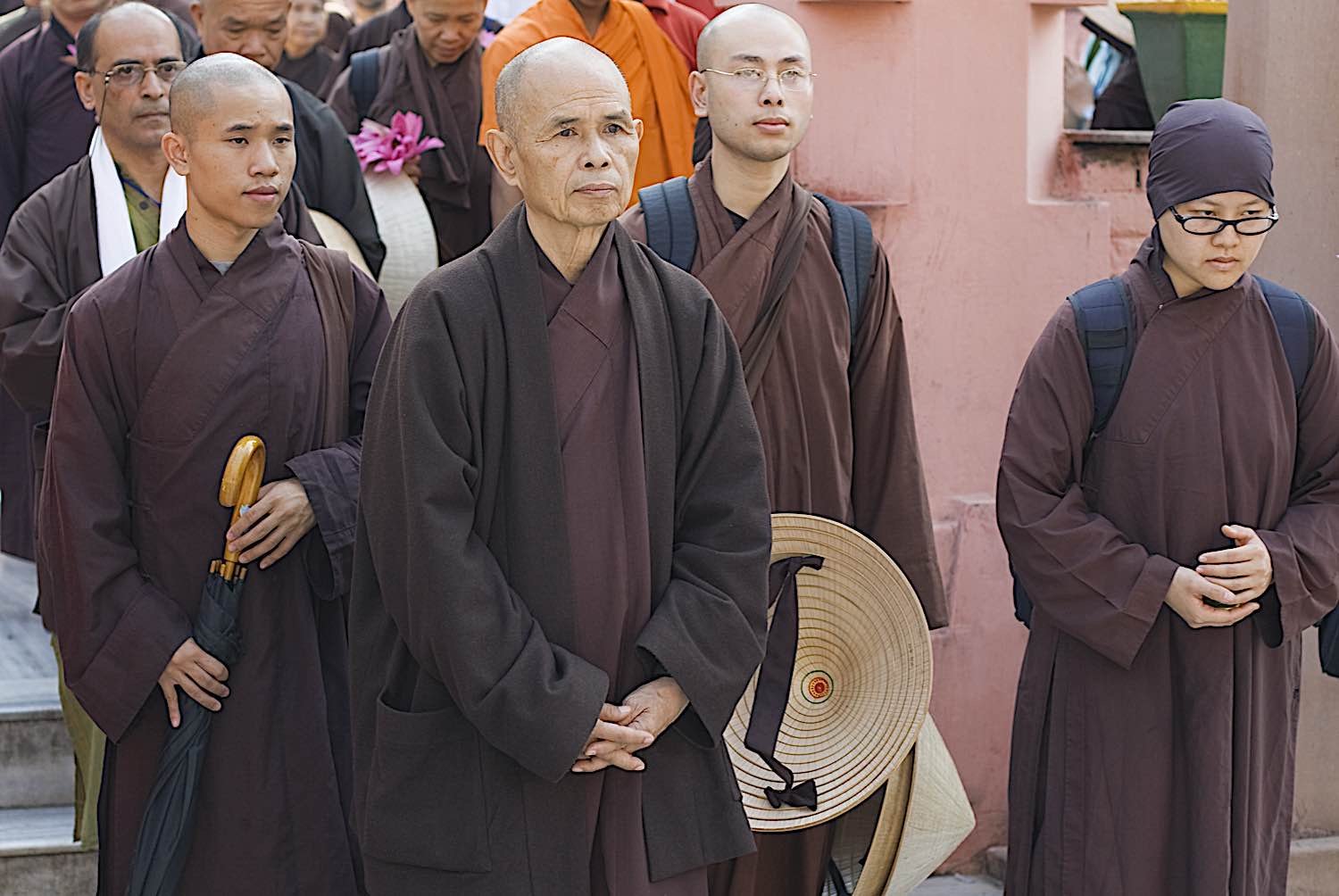
Vajrayana: Standing, Dancing and Flying to Enlightenment
Especially in Vajrayana Buddhism, Enlightened aspects of Buddhas are often depicted dancing, standing, or riding in Thangkas. Most of the “Higher Yoga” aspects of Enlightened Beings are moving, not simply standing — which connotes activities. Nearly every Highest Yoga Tantra visualized Yidam is standing: Chakrasamvara, Vajrayogini, Yamantaka Vajrabhairva, Hevajra, Kalachakra, Ekajata, and so on. Activities become even more important when visualizing completion practices and yogas that prepare us for those practices.
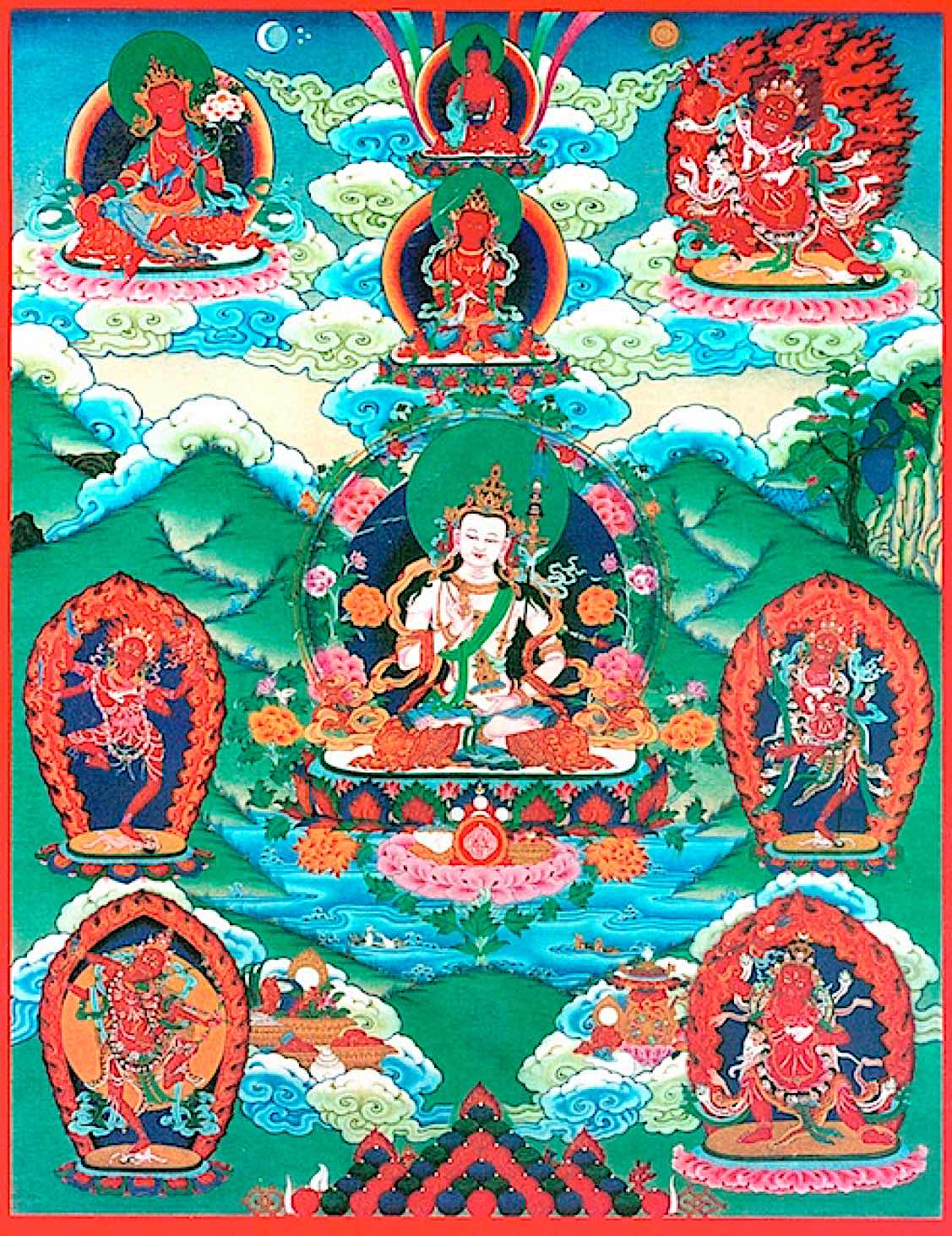
In Vajrayana Buddhist practices, even when we do sit, we are often instructed to visualize activities. In breathing meditation, we might visualize prana or chi interacting with our “inner bodies”. Body mandala practice is the ultimate “inner activity” visualization, which can manifest tangibly as generated body heat known as Tummo. [For a feature on Body Mandala practice, see>>]

In deity practice, which is an ultimately very empowering wisdom practice, we visualize ourselves in symbolic poses and appearances, and activities. As Vajrayogini or any of the Dakinis are inevitably depicted flying or dancing. Dakini can literally translate as “sky dancer.”
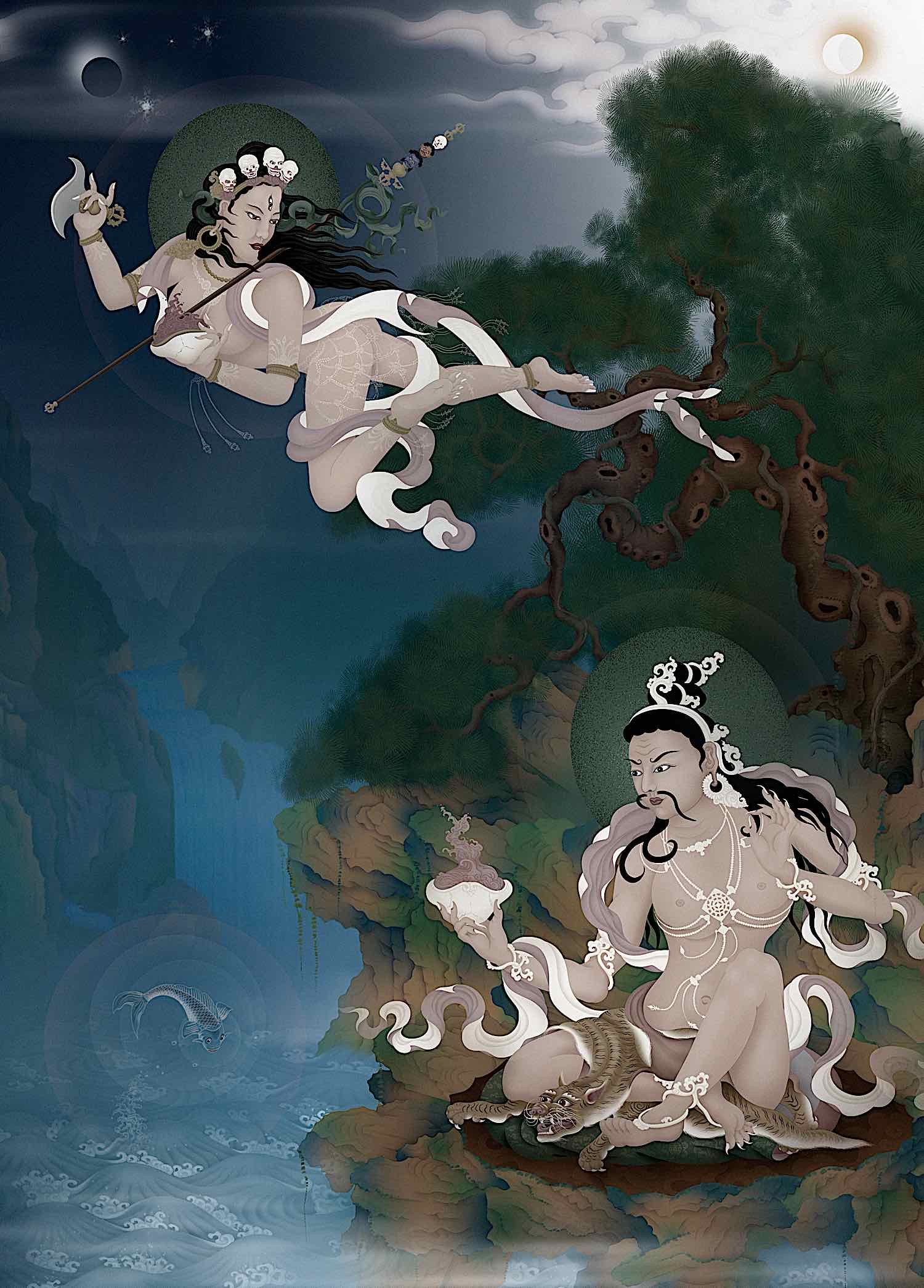
The great biographies of the Enlightened Yogis more often describe them walking, flying, shooting arrows into rocks — often more akin to martial arts than classical “seated” practice.
Even during seated meditation, Vajrayana practices are filled with choreographed movements, such as mandala offerings, mudras, and other repetitive activities.
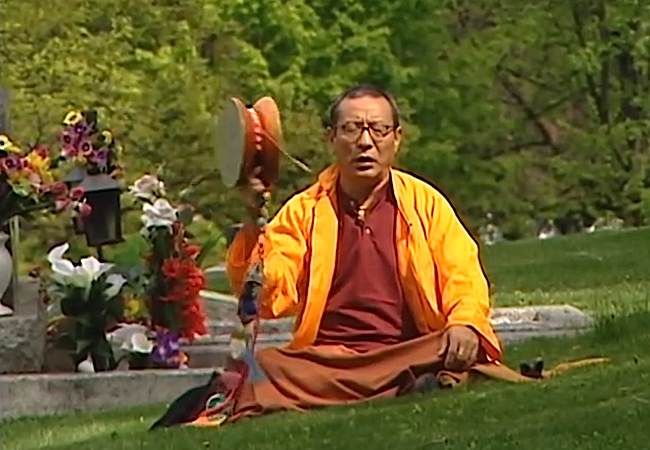
In Zen or Chan, drumming repetitively on the “fish drum.” In Zazen, our guide-instructor may occasionally whack us with a stick to “wake us up.” Of course, various yogas have always incorporated poses, positions and activities in practice. When working with the “energetic” body” many extraordinary activities can manifest, such as Tummo heat, where a naked yogi can actually comfortably meditate in the middle of winter. Even the “formless” meditations, such as Mahamudra and Dzogchen, still involve some ritualized activity.
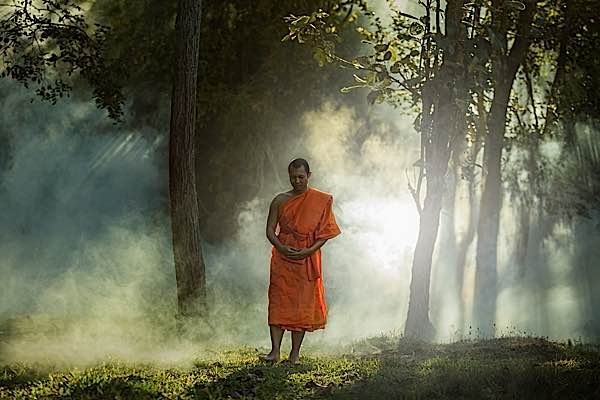
“You can meditate walking, standing, sitting or lying down,” said Buddhist monk Noah Yuttadhammo. “Each requires a different degree of effort as opposed to degree of concentration. Walking meditation having the highest degree of effort, lying meditation having the highest degree of concentration.” [5]
There is even a full Sutra, taught by Buddha, instructing on walking meditation. Full feature here>>
Practice for Arthritis: Standing or Moving
Recently, I re-arranged my little meditation area to allow for standing, posing and moving practice. I still have a chair, but rarely use it now, even for Highest Yoga Tantra Visualization Sadhanas. Fortunately, in my case, the practice I visualize is an Enlightened form who is always standing — actually dancing (Thangkas are misleading since they are a static moment in time) — so it feels natural for me to not just visualize myself standing and moving, but to actually “do it” while reciting the practices and visualizing the activities.

I rarely, if ever, sit now. Although I began this practice due to pain and arthritis (particularly knees), I now find it enhances my practice. By adding the activates and motion I find it easier to visualize — in the same way as a hand mudra can symbolize an offering activity.
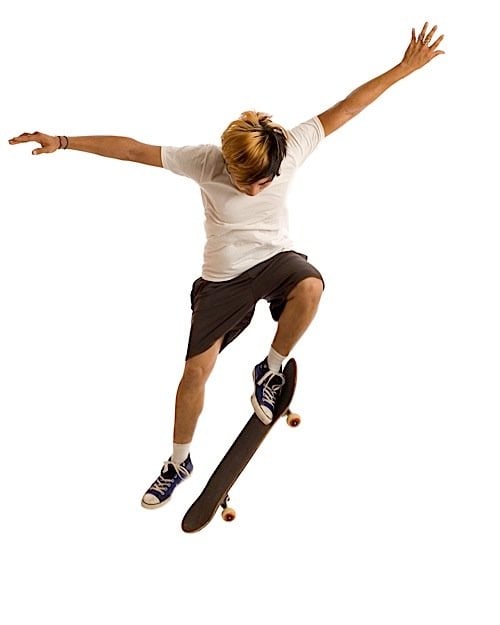
NOTES
[1] Body mandala practice in Vajrayana Tantric Buddhism — and riding the winds of the inner body “Where mind goes, the body follows” https://buddhaweekly.com/body-mandala-practice-in-vajrayana-tantric-buddhism-and-riding-the-winds-of-the-inner-body-where-mind-goes-the-body-follows/
[2] From feature on Standing Meditation: The Better Way: Standing Meditation? For those with injuries, arthritis or a sleepy mind, standing can help us achieve mindfulness
[3] In the quote, she was actually referring to visualization. Anne Klein
is founding director and resident teacher at Dawn Mountain Tibetan Temple, Community Center, and Research Institute in Houston, Texas. Quoted from:
“Forum: The Myths, Challenges, and Rewards of Tantra” in Lions Roar https://www.lionsroar.com/forum-the-myths-challenges-and-rewards-of-tantra/
[4] Larry Mermelstein, executive director of the Nalanda Translation Committee, and an acharya, or senior teacher, in Shambhala International, from “Forum: The Myths, Challenges, and Rewards of Tantra” in Lions Roar https://www.lionsroar.com/forum-the-myths-challenges-and-rewards-of-tantra/
[5] Standing meditation, the better way
Latest Features
Please support the "Spread the Dharma" mission as one of our heroic Dharma Supporting Members, or with a one-time donation.
Please Help Support the “Spread the Dharma” Mission!

Be a part of the noble mission as a supporting member or a patron, or a volunteer contributor of content.
The power of Dharma to help sentient beings, in part, lies in ensuring access to Buddha’s precious Dharma — the mission of Buddha Weekly. We can’t do it without you!
A non-profit association since 2007, Buddha Weekly published many feature articles, videos, and, podcasts. Please consider supporting the mission to preserve and “Spread the Dharma." Your support as either a patron or a supporting member helps defray the high costs of producing quality Dharma content. Thank you! Learn more here, or become one of our super karma heroes on Patreon.
Lee Kane
Author | Buddha Weekly
Lee Kane is the editor of Buddha Weekly, since 2007. His main focuses as a writer are mindfulness techniques, meditation, Dharma and Sutra commentaries, Buddhist practices, international perspectives and traditions, Vajrayana, Mahayana, Zen. He also covers various events.
Lee also contributes as a writer to various other online magazines and blogs.



